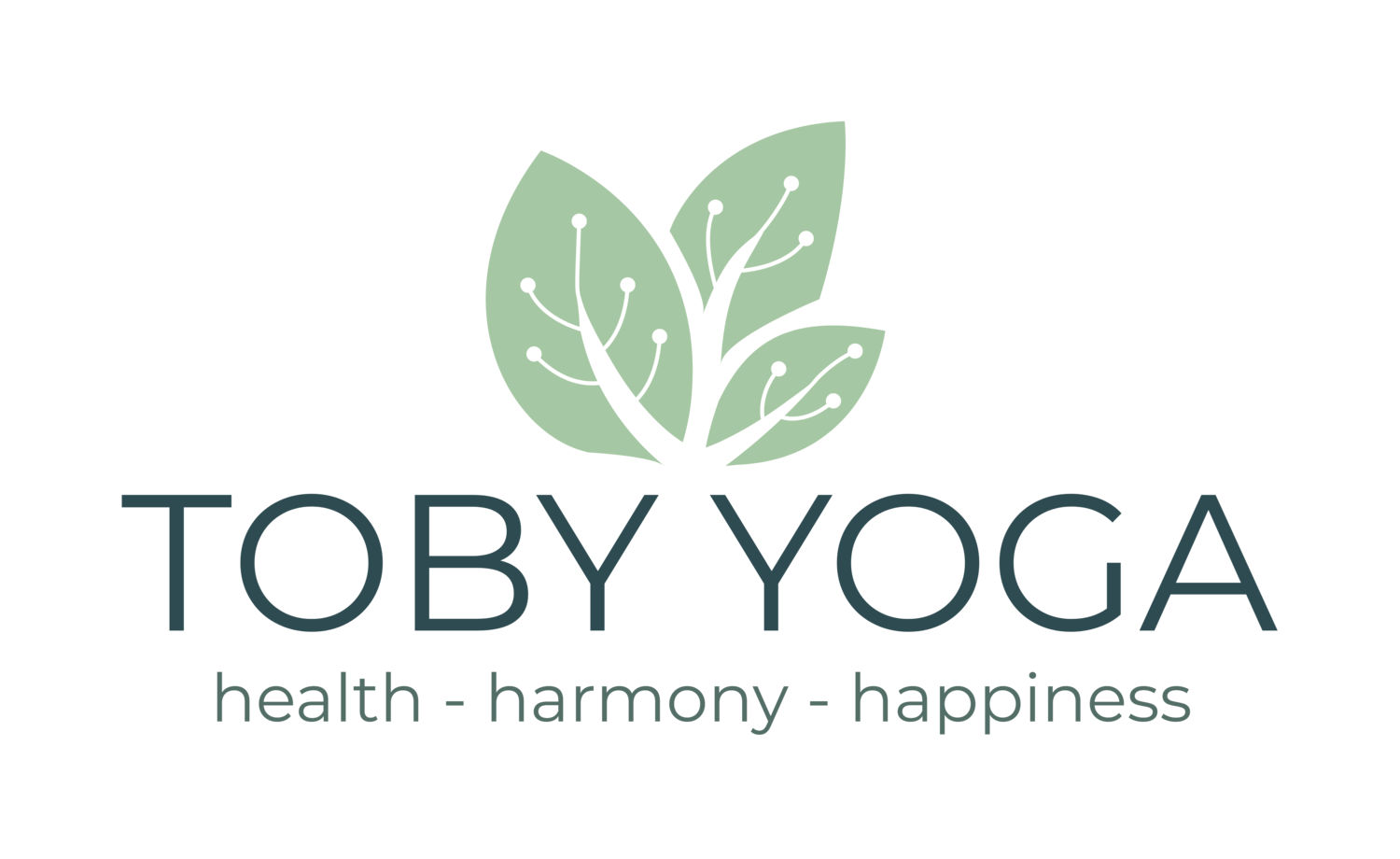A friend recently enquired about joining one of my classes.
He seemed keen as I explained what a typical TOBY YOGA lesson was like. Until, that is, I got to the end.
“Deep relaxation?” he queried, “that’s not just lying down is it?” Adding, “I went to another Yoga class and the teacher made us lie on our backs for 10 minutes at the end. What a waste of time. I’m far too busy to lie down!”
I smiled and tried to explain the significant benefits of lying down in Savasana (or the corpse pose) but by then he’d lost interested and decided to join a boot-camp style exercise class instead!
I know from experience that simply lying in stillness is both profoundly effective and deeply challenging.
We’ve all been there. Those times when the relaxation is the high-light of the Yoga class and you don’t want it to end. And those other times, when it feels like interminable torture because you can’t get comfortable or stop your mind from racing.
It all comes down to our (in)ability to stop, let go and allow ourselves to relax. In our modern, digital world of constant stimulation we can find locating - let alone using - the ‘off-switch’ a real challenge.
But it’s vital that we make time to switch-off. The body is designed to alternate between activity, rest and sleep. The three work together to keep us happy, healthy and harmonious. Neglect or ignore one and we quickly find ourselves out of balance.
The responsibility for keeping us in balance falls to the autonomic nervous system (ANS) which consists of two parts:
· The sympathetic nervous system (SNS) which is responsible for our ‘fight or flight’ responses.
· The para-sympathetic nervous system (PNS) is responsible for our ‘rest and digest’ responses.
You could also think of it this way - the SNS enables us to ‘get up and go’ and the PNS enables us to ‘get down and let go’.
At the end of a Yoga class, after the good work of the different asana and pranayama, it’s important that we take time to ‘get down and let go’. That we allow the para-sympathetic nervous system to do its thing and bring us back into balance.
I think of this as reaping the full benefits of our practice.
And this is where Savasana comes. It teaches us that we can consciously choose to move from anxiety and hyper-stimulation to rest and relaxation. What’s more, it shows us how to do it.

